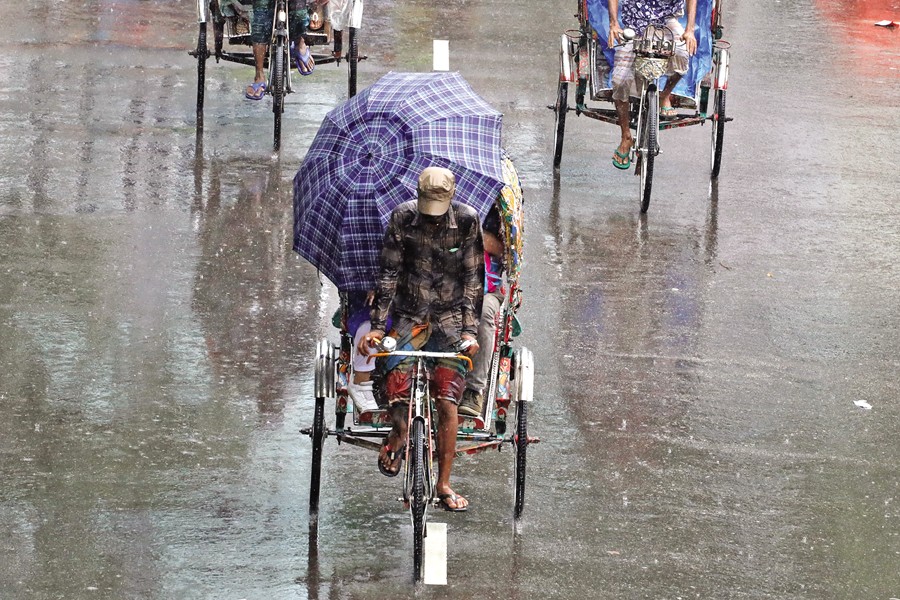

Under the influence of rainfall since early morning, Dhaka, the overcrowded capital city of Bangladesh, ranked 84th on the list of cities with the worst air quality, with an AQI score of 44 at 10:10 am this morning (Wednesday, October 1, 2025).
Today, Dhaka’s air was classified as ‘good,’ indicating sound health, according to the AQI index. However, Dhaka’s air quality was marked as healthy on Tuesday, according to a UNB report.
When the AQI value for particle pollution is between 50 and 100, air quality is considered ‘moderate,’ and usually sensitive individuals should consider limiting prolonged outdoor exertion. Between 101 and 150, air quality is considered ‘unhealthy for sensitive groups,’ between 151 and 200 is ‘unhealthy,’ between 201 and 300 is said to be ‘very unhealthy,’ while a reading of 301+ is considered ‘hazardous,’ posing serious health risks to residents.
Pakistan’s Lahore, India’s Delhi, and the United Arab Emirates’ Dubai occupied the first, second, and third spots on the list, with AQI scores of 160, 153, and 153, respectively.
The AQI, an index for reporting daily air quality, informs people how clean or polluted the air of a certain city is and what associated health effects might be a concern for them.
The AQI in Bangladesh is based on five pollutants: particulate matter (PM10 and PM2.5), NO2, CO, SO2, and ozone.
Dhaka has long been grappling with air pollution issues. Its air quality usually turns unhealthy in winter and improves during the monsoon.
According to the World Health Organization (WHO), air pollution kills an estimated seven million people worldwide every year, mainly due to increased mortality from stroke, heart disease, chronic obstructive pulmonary disease, lung cancer, and acute respiratory infections.


 For all latest news, follow The Financial Express Google News channel.
For all latest news, follow The Financial Express Google News channel.